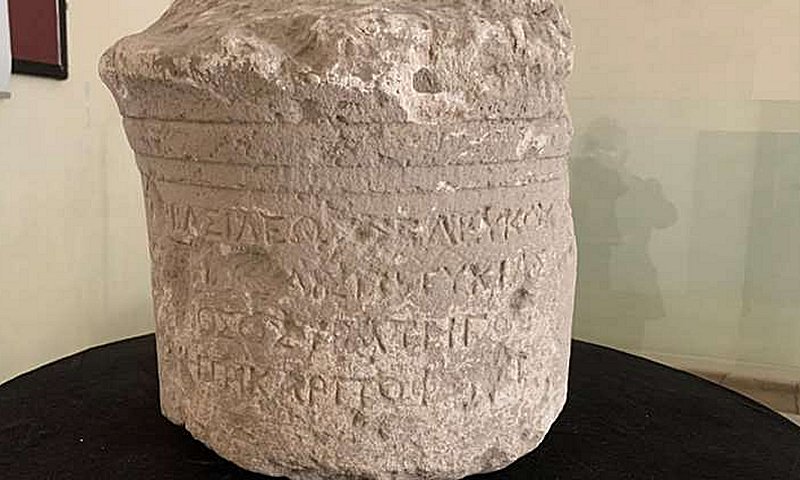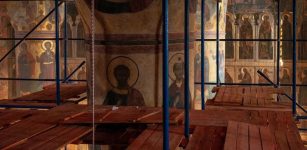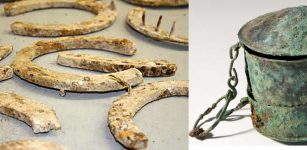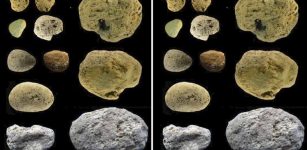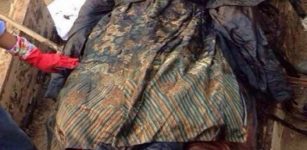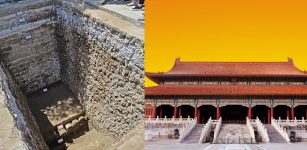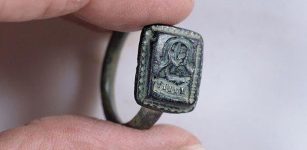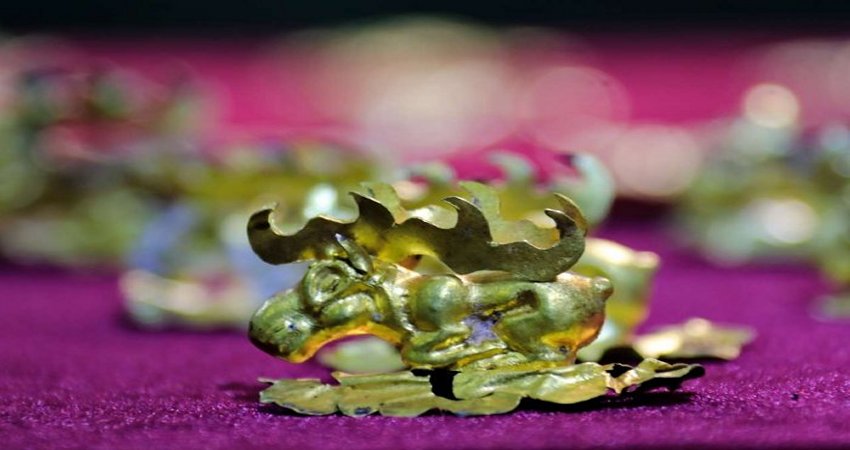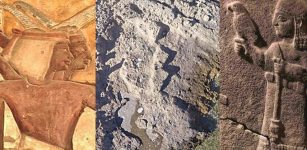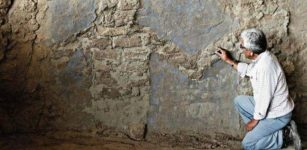2,000-Year Old Engraved Kurdistan Tablet Referring To A Hellenistic Ruler Demetrius – Analyzed
Conny Waters – MessageToEagle.com – An ancient tablet dated back over 2,000 years was unearthed in Duhok province in northern Kurdistan in March this year, and recently, the artifact was carefully studied by experts.
Stone tablet engraved with Hellenistic script – Image source
Ahmed said that “an excavation team from Duhok Museum and Kurdistan Archaeology Organization in March found an antique tablet in Balyuz hills, ten kilometers west of Duhok city, inside the Semel district.”
“After careful study, we found out that the stone tablet is engraved with Hellenistic script and dates back to 165 BC,” the official added.
The engravings had been translated into Kurdish by researchers, who also concluded that the inscriptions refer specifically to Demetrius— a Hellenistic-era ruler of the region around the second century B.C.
The writing makes references to the period that followed the coming of Alexander the Great, who conquered much of the Middle East, and after his death in 323 BC, the Hellenistic period began to influence Mediterranean history, the process that continued to the emergence of the Roman Empire, as signified by the Battle of Actium in 31 BC.
Duhok (“two mountains”), capital of the Duhok Governorate in the Kurdistan Region of Iraq, at the crossroads of three countries: Iraq, Turkey, and Syria, plays an important role as a strategic gateway that connects Kurdistan to the outside world.
Left: Marble portrait bust of Demtetrios I of Macedon (Poliorcetes). Roman copy from 1st century AD of Greek original from 3rd century BC. source; Right: Engraved Kurdistan Tablet dated to more than 2,000 years. Image credit: Department of Antiquities in Kurdistan Region’s Duhok province.
Both the city and the surroundings have a population that consists mostly of Kurds, but also minority groups such as Chaldeans, Assyrians, Arabs, and Armenians, mixed in. Duhok is a melting pot of different cultures. Between the 25th and 22nd century BC, it changed hands between the Akkadians, Sumerians, Assyrians, Amorites, Gutians, Hurrians, and Hattians.
Later, it became an integral part of Assyria from the mid 21st century BC until the dissolution of Assyria. Churches can be found throughout the city, and holy Yazidi shrines are located in various parts of the Duhok province. Today, Duhok hosts ancient archaeological sites such as Charstwin Cave (Auskani Empire– 147-226 B. C.), Malta Hill (Assyrian Empire– 900 B.C.), and Halmata Cave (by the Assyrian King Sanharib– 704-681 B.C), to name a few.
Several historic sites have already been discovered in Erbil province, the region, to which the earliest historical reference dates to the Third Dynasty of Ur of Sumer when King Shulgi mentioned the city of Urbilum. The city of Erbil was later conquered by the Assyrians.
Earlier, Italian and Kurdish archaeologists working at an ancient site in the Kurdistan Region’s Duhok province discovered 10 new rock reliefs showing the Assyrian ruler Sargon in the presence of the gods of Assyria, sculpted along a large rock-cut irrigation canal.
This discovery of the stone tablet engraved with Hellenistic script will pave the way for researchers to conduct further archaeological investigations in the Kurdistan Region, according to authorities.
Written by Conny Waters – MessageToEagle.com – AncientPages.com Staff Writer

